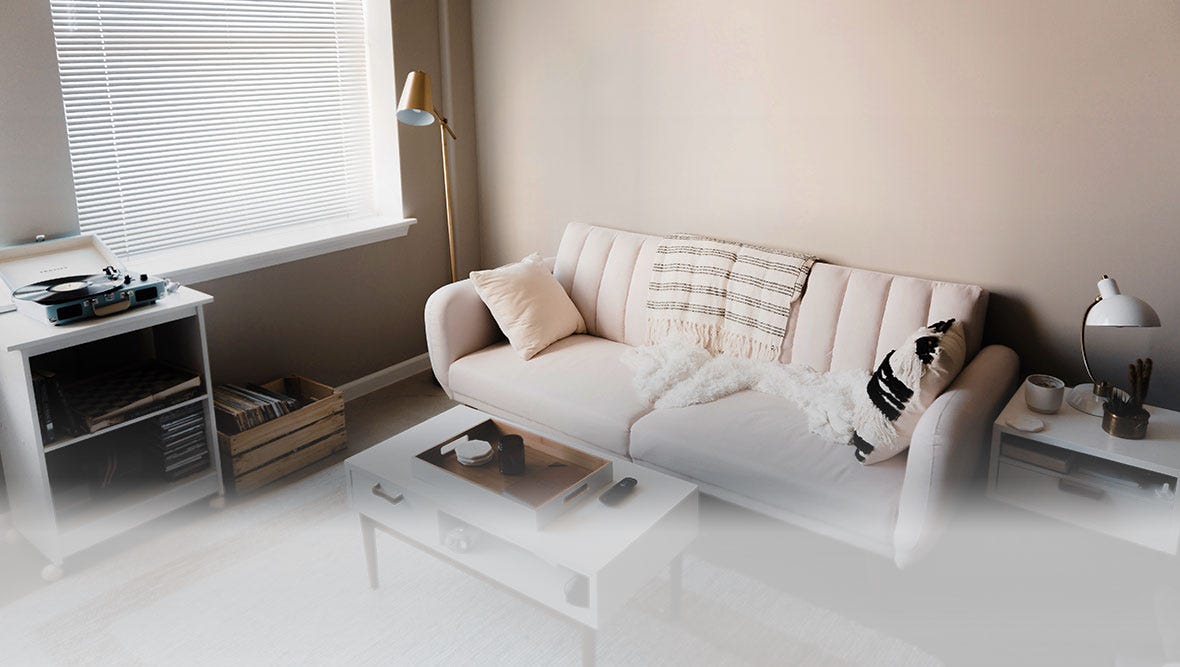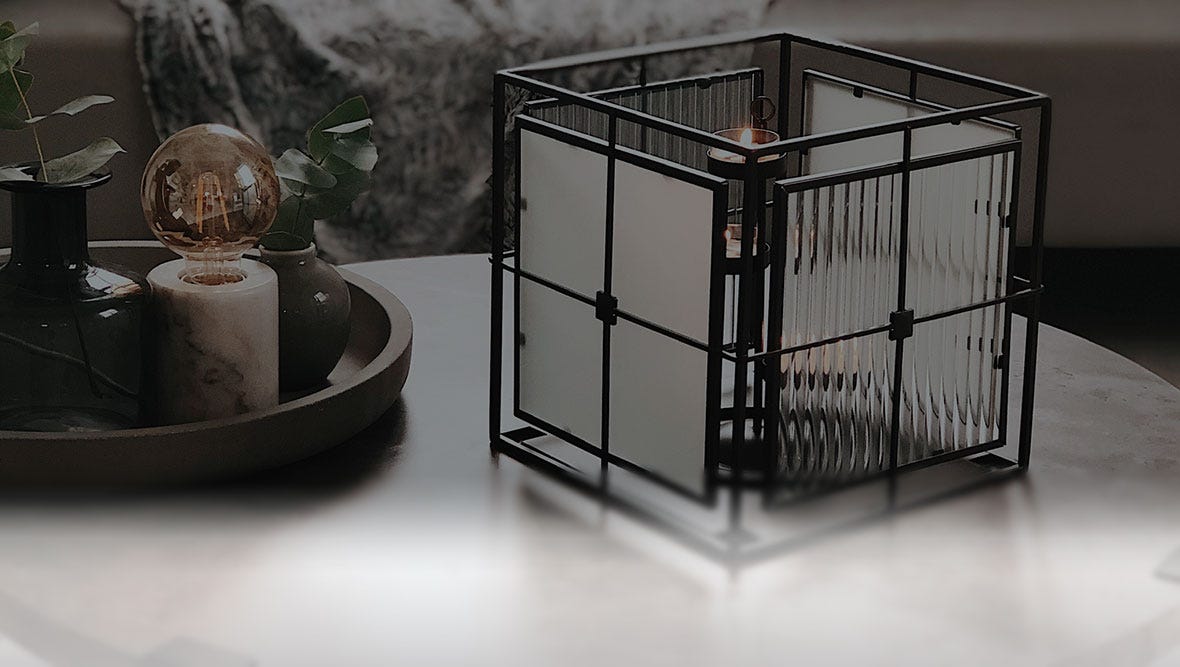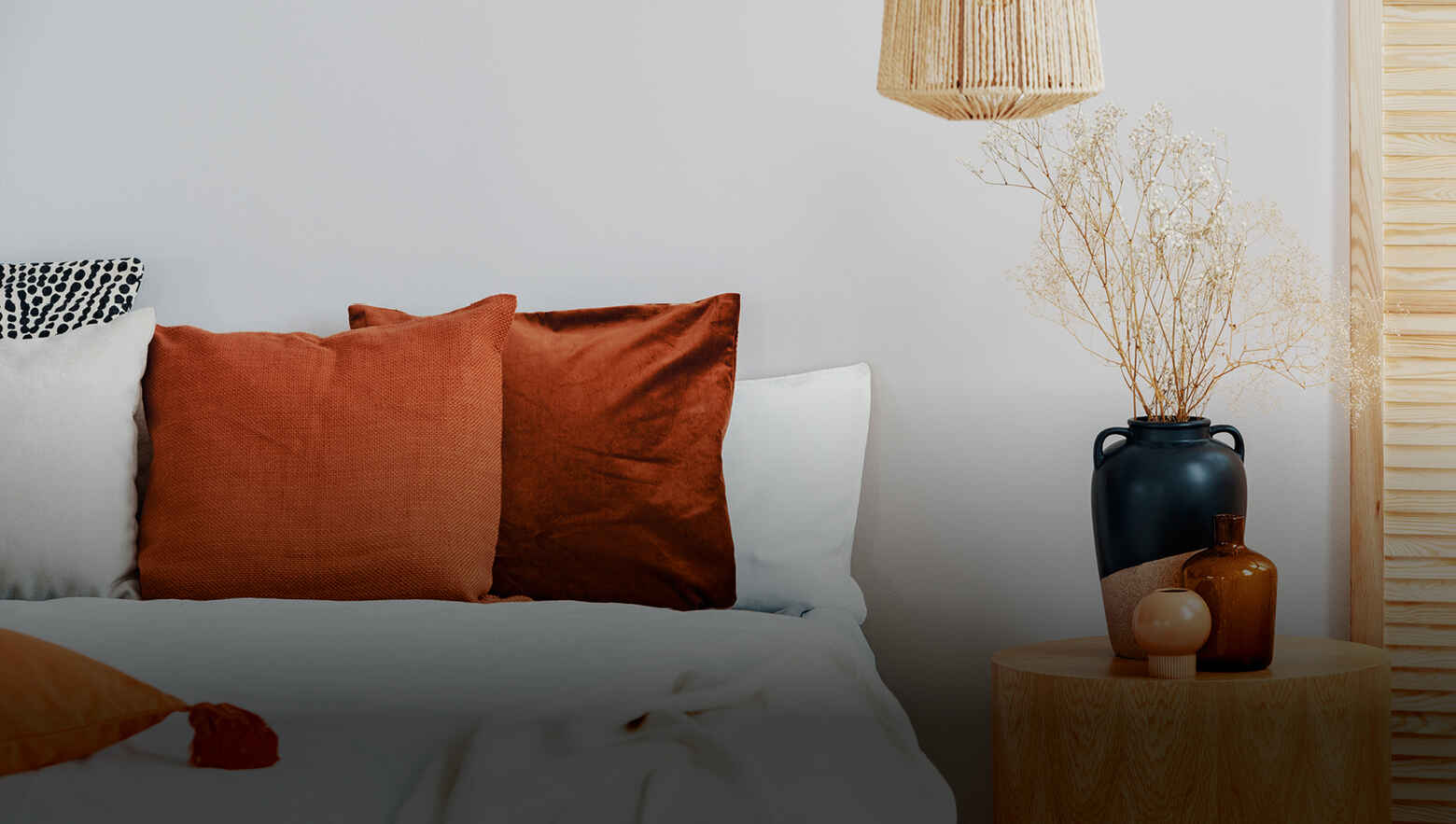All over the world, beautiful and bold architecture can be as breathtaking as nature itself. Traditional houses unlock an insight into the culture, history and ingenuity of communities worldwide, and have become iconic symbols of many areas.
We’ve put together a globe-trotting guide to some of the most individual and enchanting homes from every corner of the earth. Discover what makes each one unique, and find inspiration for your dream home style too.


Thatched cottage - England
Gaining popularity across the country in the 18th century, the thatched cottage is an iconic feature of British architecture. While thatched roofs were seen all over the world for generations before, the style gained huge popularity in England as thatching was the only roofing material available to people in rural communities until the late 1800s. Less seen in modern buildings, many original cottages still remain across England and the UK.
Characterised by a roof covered in dry vegetation like straw or reeds, atop a stone wall cottage that’s usually built on one story. Inside, many cottages have exposed wood beams and real working chimneys to keep the whole building extra cosy.
This country aesthetic remains a classic, and with the recent trend for cottagecore (a love of the folksy, countryside look) its storybook style endures.

Nisyrian house - Greece
Taking their names from the island of Nisyros, these indigenous structures define the unique architecture of the beautiful landscape. Typically two-storey buildings, they’re closely clustered together to withstand the harsh sea winds that surround them.
Space was at a premium when building these houses, so the interiors are known to maximise small square footage for family living. Each town on the island has its own unique features like roof steps or tiles. But most homes share beautiful, brightly painted wooden balconies.

Fachwerkhäuser - Germany
Literally translated as half-timbered house, it’s obvious where this style of home got its name from. Characterised by its visible wooden skeleton frame, the Fachwerkhäuser as we know it has roots in central Europe as far back as the 12th century. Popular in both Germany and Switzerland, it’s especially associated with German architecture and builders of the style are considered master carpenters. Many of these buildings can be dated by observing the wood structure’s pattern, with different shapes falling in and out of fashion over the decades.
The city of Quedlinberg has been awarded UNESCO World Heritage status thanks in part to its huge number of original homes built in the style. Over 2000 half-timbered buildings dot the winding cobblestone streets of the old town.

Minka - Japan
Known for their distinctive roof shape, Minka houses were the houses of the people that emerged in the Edo period of Japanese history. Minka translates as “house of the people” and were the common dwellings of artisans, farmers and merchants.
Thatched or tiled, the distinctive sloping roof shape and tall eaves were designed to handle the large amount of rain seen across many areas of Japan. Inside, they often feature timber flooring and a raised area with a built-in hearth. Today they are mostly historical artifacts, though their influence in Japanese architecture remains.

Cortijo - Spain
Seen across Southern Spain in the region of Andalusia, a Cortijo is a traditional rural farmhouse that’s believed to have its origins in ancient Roman villas. These large homes were often dwellings on farmland, accompanied by nearby buildings in the same estate like workers quarters and mills.
Built with wooden beams and tile roofs, most Cortijos are characterised by whitewashed exterior walls. Many of these homes have been modernised with some even serving as elegant guest homes and wedding venues across Southern Spain today.

Hanok - Korea
With history stretching all the way back to the 14th century, Korean Hanoks are an instantly recognisable landmark of Korean architecture and culture. While their design has varied considerably throughout the centuries, Hanoks, or Joseon houses, all share a special relationship with the surroundings in which they’re built. These dwellings were planned to work in harmony with the land, respecting the elements and the environment alike.
Historical Korean homes also featured innovative climate control techniques, with tiles and window placement keeping the interiors temperate in both cold and hot weather. These architectural techniques are still in use today.

Turf - Iceland
Born out of necessity in Iceland’s harsh climate, Turf houses were designed to keep their interiors warm against freezing temperatures. Appearing as though they are built into the land, turf houses are covered in natural turf that was all over Iceland thanks to its abundance when the island was first settled.
Large blocks of turf were traditionally placed atop stone and wood structures, ensuring exceptional insulation. The building technique continued for centuries right up until the 1900s, and many Turf houses remain and are used as homes today, with their turf roofs still growing lush green grass.

Log cabin - Scandinavia
The roots of the log cabin in Europe can be traced back millennia. Going as far back as the bronze age in Scandinavian architecture, simple one-room cabins eventually led to more complex, multi-room homes.
All were made of locally occurring wood, leading to complex carpentry that made enduring buildings out of all-natural materials. Log cabins are built quickly and relatively affordable. All-wood buildings are still popular in Scandanivian architecture, and the influences of this back-to-basics, hygge lifestyle has influenced home design all over the world.

Canal house - The Netherlands
Commonly seen in Amsterdam thanks to its famous canals, these unique homes are known for features originally designed as adaptations for flooding. Canal houses are tall and slim, with the main part of the home elevated from street level. This means most feature stepped entrances and stoops that give a unique look to the facade.
In Amsterdam, some Canal houses have been renovated to combine more than one original home, making for lavish and spacious houses that maintain the charm of the original features.

Trullo - Italy
Immediately recognisable for their unique conical roof construction, Trulli houses (the plural) date back to the fourteenth century in the Apulia region of Italy. Simple, but unique, the cone shape meant that rainwater flowed quickly onto the land surrounding the homes. The theory goes that these small, dry stone wall homes were built to be easily deconstructed when tax collectors visited the area.
Trulli from the 18th century still stand in Italy in Alberobello, with stone roofs and whitewashed walls that are matched by the more modern Mediterranean architecture that has followed them.

Palafitos - South America
Widespread along the banks of South American rivers, Palafitos are stilt houses built by indigenous populations in pre-Columbian times. They were so common in fact, that when Amerigo Vespucci saw the shores of Lake Maracaibo he named the region Venezuela, meaning “little Venice”.
Stilt houses are still common along the gulf coast due to their resilience against changing tides, and are also present in Nicaragua, Brazil and the Chilean archipelagos. Many feature colourful painted walls that brighten the riverbanks.

Ranch - USA
A defining architectural style of the 20th century in the United States, Ranch style homes are a mainstay of the typical American suburbs. Low to the ground, with sprawling open layouts, these large homes were incredibly popular during the baby boom era of the post-war.
While the classic features of these homes, like low slanted roofs, stucco exteriors and sliding glass doors, fell out of favour, their retro kitsch appeal has seen a resurgence in popularity that’s still growing across the U.S.

Queenslander - Australia
The quintessential home of the Queensland area of Australia, these timber homes were first developed in the 1840s, but endure to this very day. All Queenslander homes are high-set off the ground, with verandas that often wrap around the home.
The prominent steps and covered veranda make them perfect for the high temperatures the area’s known for. The raised building style is a secret weapon in fighting the hot climate, creating a cool underfloor that lowers the interior temperatures.

Haveli - India
A traditional townhouse or mansion, Havelis are seen all across the Indian subcontinent and are often buildings of note. Courtyards are a significant element of most homes in India, and Haveli houses are built with a focus on this central space.
Many of these grand homes were designed to cleverly create natural climate control, with features that allow air movement throughout. The design of Haveli varies by region and viewing these historical homes gives an insight into the local culture and traditions.

Riad - Morocco
Originally a term used to describe Moroccan interior gardens, Riad is now commonly a term that describes the traditional guesthouses and historical homes that define Moroccan architecture. Usually featuring two or more stories, these houses are built with beautiful courtyards inspired by Andalusian architecture.
These homes feature few exterior windows, instead showcasing open windows, high arches and balconies that overlook the private gardens. Riads have come back into style in recent years in cities like Marrakech, seeing restorations of these historical homes to their former grandeur with locally made ceramic tile and rich, colourful interiors.
Inspired to transform your house into your dream home? Discover our new arrivals and find this season's latest trends or fill it with the season’s must-have accessories.













